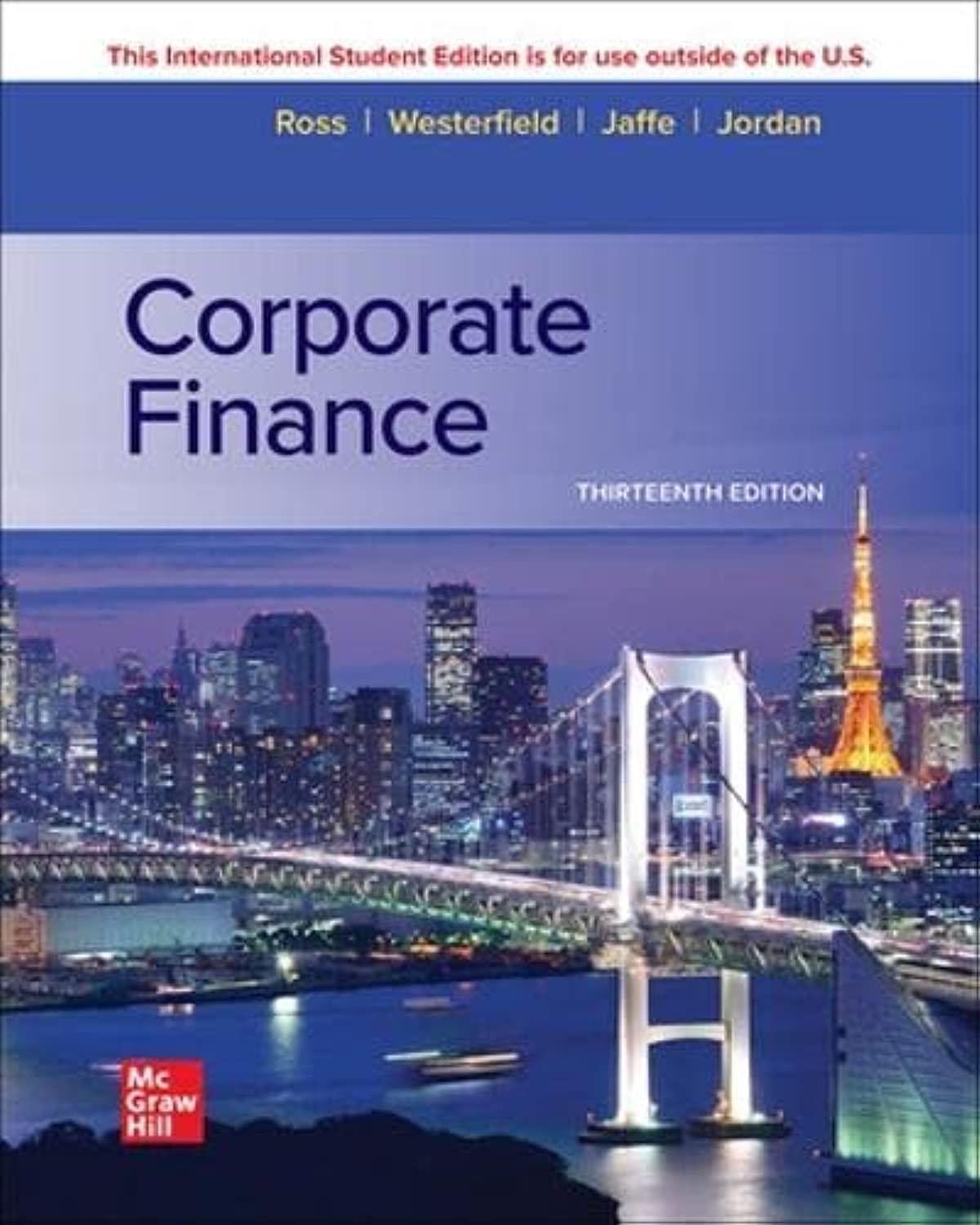Calculator Graphics, Inc. (CGI), has a target payout ratio of .30. Last years earnings per share were
Question:
Calculator Graphics, Inc. (CGI), has a target payout ratio of .30. Last year’s earnings per share were $10, and in accordance with the target, CGI paid dividends of $3 per share last year. However, earnings have jumped to $20 this year. Because the managers do not believe that this increase is permanent, they do not plan to raise dividends all the way to $6 ( = .30 × $20 ) . Rather, their speed of adjustment coefficient, s, is .5, implying that the increase in dividends from last year to this year will be:![]()
That is, the increase in dividends is the product of the speed of adjustment coefficient, .50, times the difference between what dividends would be with full adjustment [ $6 ( = .30 × $20 ) ]
and last year’s dividends. Dividends will increase by $1.50, so dividends this year will be $4.50 ( = $3 + 1.50 ) .
Now, suppose that earnings stay at $20 next year. The increase in dividends next year will be:![]()
In words, the increase in dividends from this year to next year will be the speed of adjustment coefficient (.50) times the difference between what dividends would have been next year with full adjustment ($6) and this year’s dividends ($4.50). Because dividends will increase by $.75, dividends next year will be $5.25 ( = $4.50 + .75 ) . In this way, dividends will slowly rise every year if earnings in all future years remain at $20. However, dividends will reach $6 only at infinity.
Step by Step Answer:

Corporate Finance
ISBN: 9781265533199
13th International Edition
Authors: Stephen Ross, Randolph Westerfield, Jeffrey Jaffe





